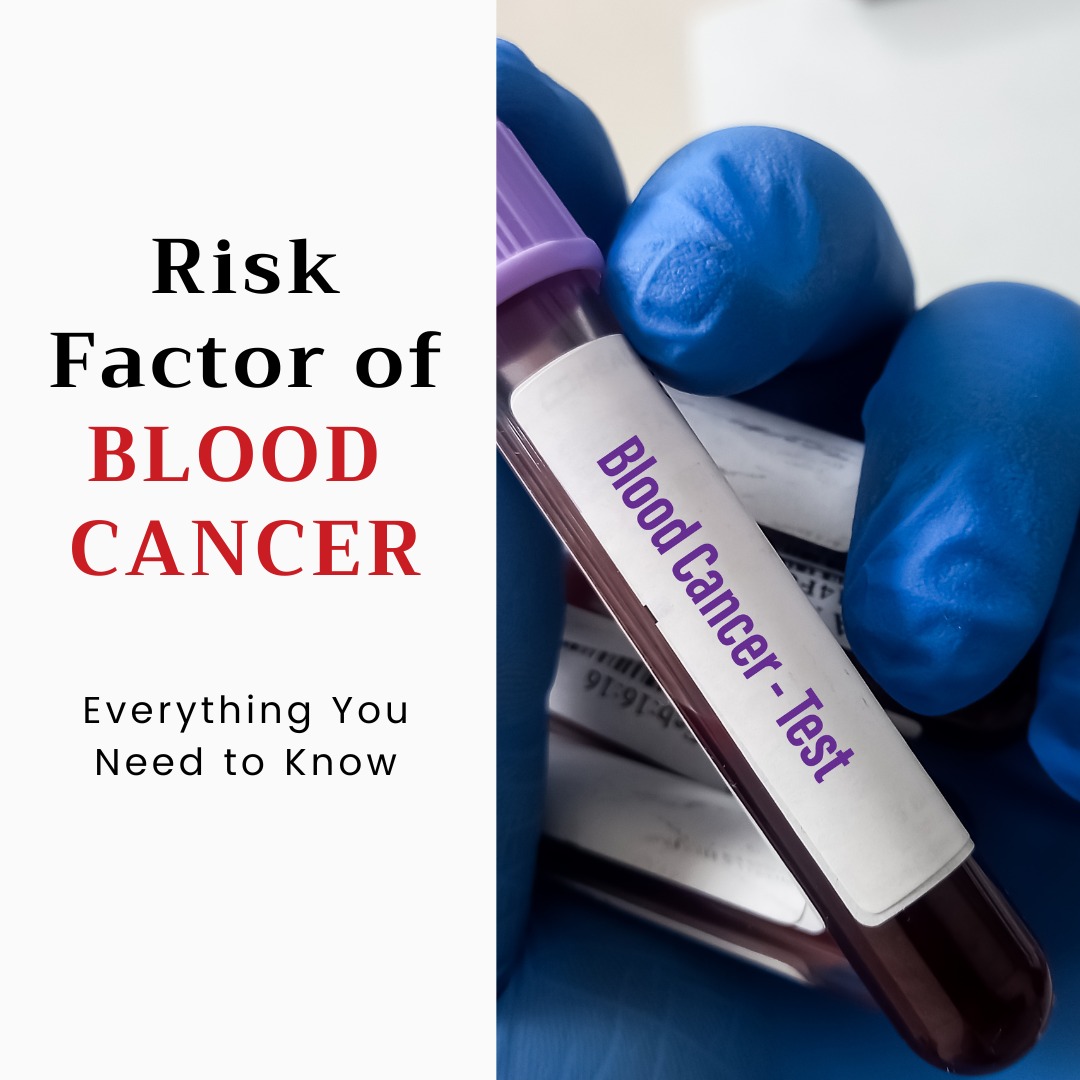July 10, 2018

Myths and Facts About Blood Cancer: Understanding Common Misconceptions.
Blood cancer, which includes leukemia, lymphoma, and myeloma, is a complex and often misunderstood group of diseases. Misconceptions and myths about blood cancer can lead to unnecessary fear, stigma, and confusion, potentially affecting early diagnosis and treatment outcomes. This blog aims to clarify some common myths about blood cancer and provide essential facts to help you understand the realities of this condition.
Common Myths About Blood Cancer
Myth 1: Blood Cancer Is Always Fatal
One of the most prevalent myths about blood cancer is that it is inevitably a death sentence. This misconception can be incredibly daunting for patients and their families.
Fact: Blood cancer is not an automatic death sentence. Significant advancements in medical treatments, early detection, and continuous research have greatly improved the survival rates for many types of blood cancer. Treatments such as chemotherapy, immunotherapy, and bone marrow transplants have enabled many patients to achieve remission and lead long, productive lives. It's crucial to stay informed about the latest treatment options and consult healthcare professionals to understand the individual prognosis better.
Myth 2: Blood Cancer Is Contagious
Some people mistakenly believe that blood cancer can be transmitted from one person to another, similar to infectious diseases.
Fact: Blood cancer is not contagious and cannot be spread through contact, shared spaces, or any form of interaction. It arises due to genetic mutations in the blood cells, leading to uncontrolled growth. These mutations are not influenced by external pathogens like viruses or bacteria, meaning you cannot catch blood cancer from someone else.
Myth 3: Only Children Get Leukemia
Leukemia is often thought to be a disease that only affects children, possibly due to the emotional impact of childhood cancer stories.
Fact: While leukemia is the most common type of cancer in children, it also affects adults. In fact, certain forms of leukemia, such as chronic lymphocytic leukemia (CLL) and acute myeloid leukemia (AML), are more prevalent in older adults. Blood cancer can occur at any age, and it is essential for everyone, regardless of age, to be aware of the symptoms and risks.
Myth 4: All Blood Cancers Are the Same
There is a common misconception that all types of blood cancer are identical and require the same treatment.
Fact: Blood cancer is a broad category that includes different types, each with unique characteristics, progression patterns, and treatment methods. Leukemia, lymphoma, and myeloma are distinct diseases that affect the body in various ways. For instance, Hodgkin lymphoma and non-Hodgkin lymphoma have different cellular characteristics and require different treatment protocols. Understanding the specific type of blood cancer is crucial for determining the most effective treatment plan.
Myth 5: If You Feel Fine, You Don’t Have Blood Cancer
Many people believe that if they feel healthy and show no symptoms, they cannot have blood cancer.
Fact: Blood cancer can develop slowly and may not present noticeable symptoms in its early stages. Chronic forms like chronic lymphocytic leukemia (CLL) can remain asymptomatic for years. Regular health check-ups and blood tests are essential for early detection, especially for those with risk factors or a family history of blood cancer. Even if you feel fine, it is important to stay vigilant and undergo routine medical examinations.
Myth 6: Chemotherapy Always Causes Severe Side Effects
The fear of severe side effects from chemotherapy can deter some patients from seeking treatment.
Fact: While chemotherapy can have side effects, medical advancements have significantly improved their management. Not all patients experience severe side effects, and many can continue their daily activities during treatment. The severity of side effects can vary depending on the type of chemotherapy, the dosage, and the patient’s overall health. It's essential to discuss potential side effects with healthcare providers to understand what to expect and how to manage them effectively.
Conclusion
Understanding the myths and facts about blood cancer is essential for effective care and treatment. Accurate information empowers patients, caregivers, and the public, leading to better health outcomes and support for those affected by blood cancer. By staying informed and consulting healthcare professionals, you can play a crucial role in raising awareness and improving the lives of those impacted by blood cancer.



